In the years following the Second World War, there were more than 350 artists working in Paris. They came from all over Europe and beyond, released from terror and drawn by the city’s enduring reputation as the centre of the Western art world. As this year’s anniversary exhibitions for Giacometti make clear, one response to the traumatic experiences of the war was to turn again to the human figure. Another was to pursue an abstraction freed, in the words of painter Georges Mathieu, from ‘rules, dogmas or canons of beauty’.
While the nucleus of a second school of Paris had emerged under the occupation, it was in the maelstrom of post-war critical debate that a loose group of non-figurative artists, opposed to the geometric abstraction of the recent past, began to assert itself. Fluctuating alliances of artists explored work variously tagged ‘art informel’, ‘art autre’ or ‘tachisme’ – among them Maria Helena Vieira da Silva, Nicolas de Staël, Serge Poliakoff, Jean-Michel Atlan, Jean Fautrier, and Jean Dubuffet. Their aim was to define a distinctly European counterbalance to American Abstract Expressionism. In 1947, Mathieu mounted an exhibition of ‘lyrical abstraction’, with its emphasis on spontaneity, the performative gesture and the mark, which included Atlan, Jean-Paul Riopelle, Hans Hartung, and Wols. Gerard Schneider explored a lyricism allied to music, while Pierre Soulages declared ‘time and its relation to space’ to be central to his dark, striated paintings. In 1952, the critical commentator, Charles Estienne, coined the term Nouvelle École de Paris, to make distinct this post-war avant-garde; later joiners included the poetic Zao Wou-Ki and Chu Teh-Chun, both émigrés from China. Many enjoyed success in Europe and America, with the famed New York gallerist Samuel Kootz (an early champion of the American Abstract Expressionists) a key supporter of Mathieu, Soulages, Schneider, and Zao.
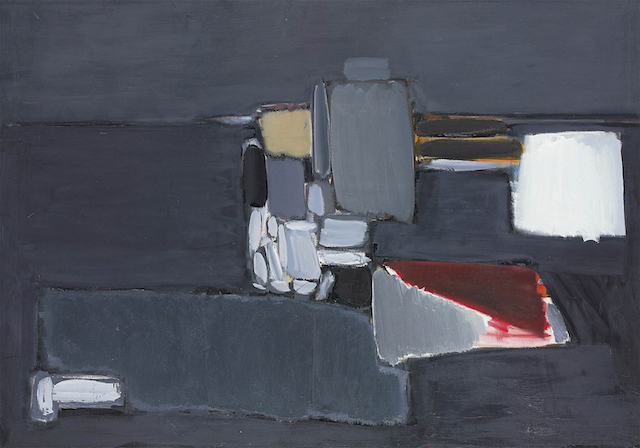
Nature morte en gris (1955), Nicolas De Staël. Courtesy Waddington Custot Galleries
As New York’s art scene rose to pre-eminence during the 1960s, the fortunes of the Paris artists diverged widely. De Staël had committed suicide in 1955, aged 41. He was well known at the time of his death and the market for his richly coloured, textured paintings with their reminiscences of objects, landscapes, and figures, was sustained through the 1970s and 1980s, according to dealer Stéphane Custot, largely by Greek collectors. Today they are finding new interest in France, the UK and the US. In 2011, Artcurial in Paris saw a rare nude, Nu couché of 1954, achieve a remarkable €7m – more than double the pre-sale estimate and still an auction record for the artist. Subsequent prices – £5.3m at Christie’s London in 2012 for the evocative Agrigente of 1953; €4.2m at Sotheby’s Paris in 2014 for the abstract Composition (1950); $1.6m at Sotheby’s New York the same year for the vivid Paysage (Paysage au Lavandou) of 1952 – suggest especial interest in the figurative work he returned to in the 1950s.
Pierre Soulages is still painting at the age of 96. He has lived to see the 1966–2000 dip in his popularity reversed, both for early work and his later ‘outrenoir’, or ‘beyond black’, paintings. In 2001 he became the first contemporary artist to be exhibited at the Hermitage in St Petersburg. An exhibition at the Centre Pompidou in Paris in 2009–10 boosted interest and in 2014 the Musée Soulages opened in his birthplace, Rodez. Edmond Francey, head of post-war and contemporary at Christie’s Paris, describes Soulages as ‘a French hero’. ‘Abstraction is not easy and he has persisted,’ he says. ‘Every decade has brought something new.’ The market, however, is focused on his now rare earlier works. Dominique Lévy has been showing Soulages in New York for two years, and she says larger paintings from the late 1950s to early ’60s are the most sought after, ‘especially paintings that have a strong blue or red presence’. ‘In 2005 the highest price achieved for a major work from the 1950s was $410,000,’ she says. ‘That amount is now close to $7m, so 17 times the price.’ According to Olivier Fau, contemporary specialist at Sotheby’s Paris, ‘everything changed in 2006’ when the large canvas Sans Titre (1959) leapt to €1.2m. There have been further leaps. In 2013, Peinture, 21 Novembre 1959 (dating from the same significant period in Soulages’ career) sold for £4.3m – the current auction record for the artist – at Sotheby’s London.
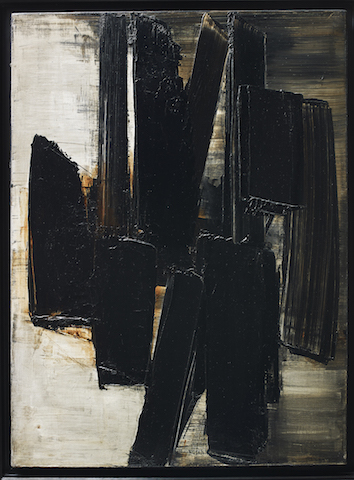
Peinture, 3 (1957), Pierre Soulages.
Even more highly valued is Zao Wou-Ki. The market for his elegant work has changed entirely since 2008, says Fau, owing to demand in Asia. His auction record was set in 2013, the year he died: RMB89.7m ($14.7m) for the atmospheric Abstraction of 1958, sold in 2013 at Sotheby’s Beijing. Anna Chalova of London’s Aktis Gallery, specialists in postwar émigré artists, admits that a Zao it sold in 2012 for a figure in the hundred thousands would now make ‘twice the price’.
Franck Prazan of Applicat-Prazan, specialists in the Post-War School of Paris (‘not a school – it is a duration, a location’) has also seen the market grow significantly for Riopelle (for work dated 1949–54), da Silva (peak period 1945/6–early 1950s), Hartung (he is taking a work from 1957 to Art Basel), and the category-defying Dubuffet. As Abstract Expressionism and post-war Italian paintings have become increasingly expensive, collectors have rediscovered these less stratospherically valued Paris artists. Stéphane Custot emphasises their significance both for their contemporaries and subsequent generations. ‘Hartung was very popular in the 1980s, but then put to one side for 20 years,’ he says. Francey also suggests that the market for these artists has perhaps suffered owing to the weakness of the French economy: ‘You need a strong market in your own country.’ Hartung, in particular, has seen a sudden and unpredictable surge of interest, when Peinture N°10 «T.47.10» from 1947 was sold for €1.5m last November by Fraysse in Paris. This iconic painting had held the previous record since 1990, when it sold in Paris for FF8m ($1.4m).
London-based dealer Timothy Taylor is working with the estates of Poliakoff and Hartung, and his exhibition of Dubuffet’s late paintings continues until 2 July (prices $280,000–$3m). He detects a change in taste among collectors over the last five years. ‘While Poliakoff sits more as a modern master, Hartung is being considered [by collectors] because his work looks so contemporary,’ he says. Unusually, Taylor has a special regard for the later work of these artists, who lost out in terms of public recognition to the Americans in the 1960s. ‘I think, for me, the freedom of expression and clarity which Dubuffet found from the 1960s until the end of his life defines the work.’ The $24.8m achieved for his largescale Paris Polka (1961) at Christie’s New York last year suggests others agree.
‘Vibration of Space: Patrick Heron, Hans Hartung, Pierre Soulages, Nicolas de Staël’ is at Waddington Custot Galleries, London, until 9 July.
From the June issue of Apollo: preview and subscribe here.
Unlimited access from just $16 every 3 months
Subscribe to get unlimited and exclusive access to the top art stories, interviews and exhibition reviews.

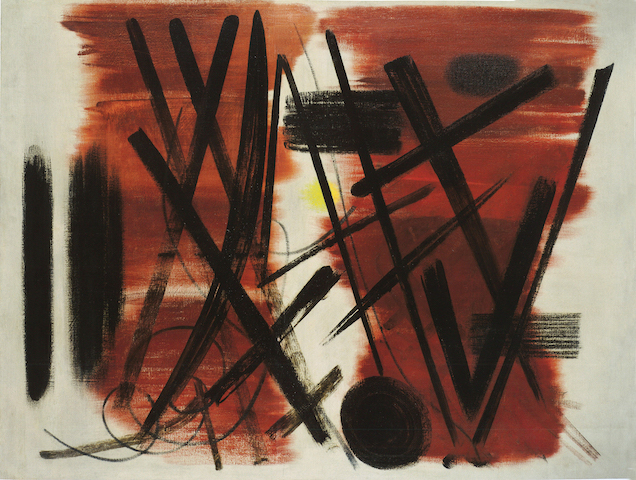
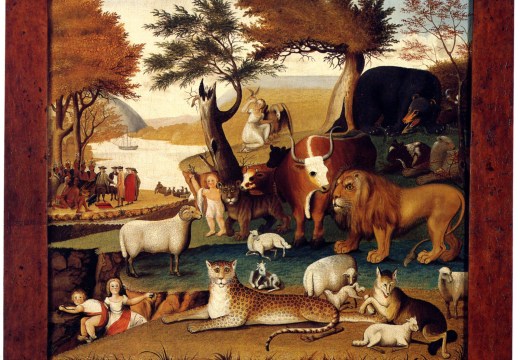
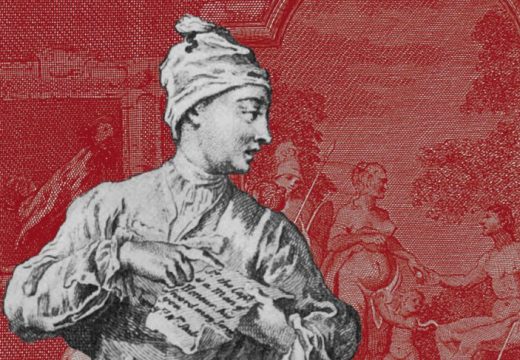
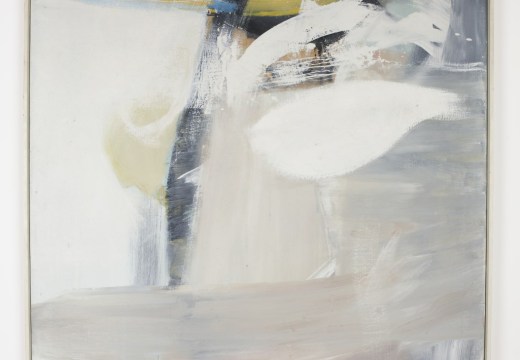









![Masterpiece [Re]discovery 2022. Photo: Ben Fisher Photography, courtesy of Masterpiece London](http://www.apollo-magazine.com/wp-content/uploads/2022/07/MPL2022_4263.jpg)
It’s time for the government of London to return to its rightful home